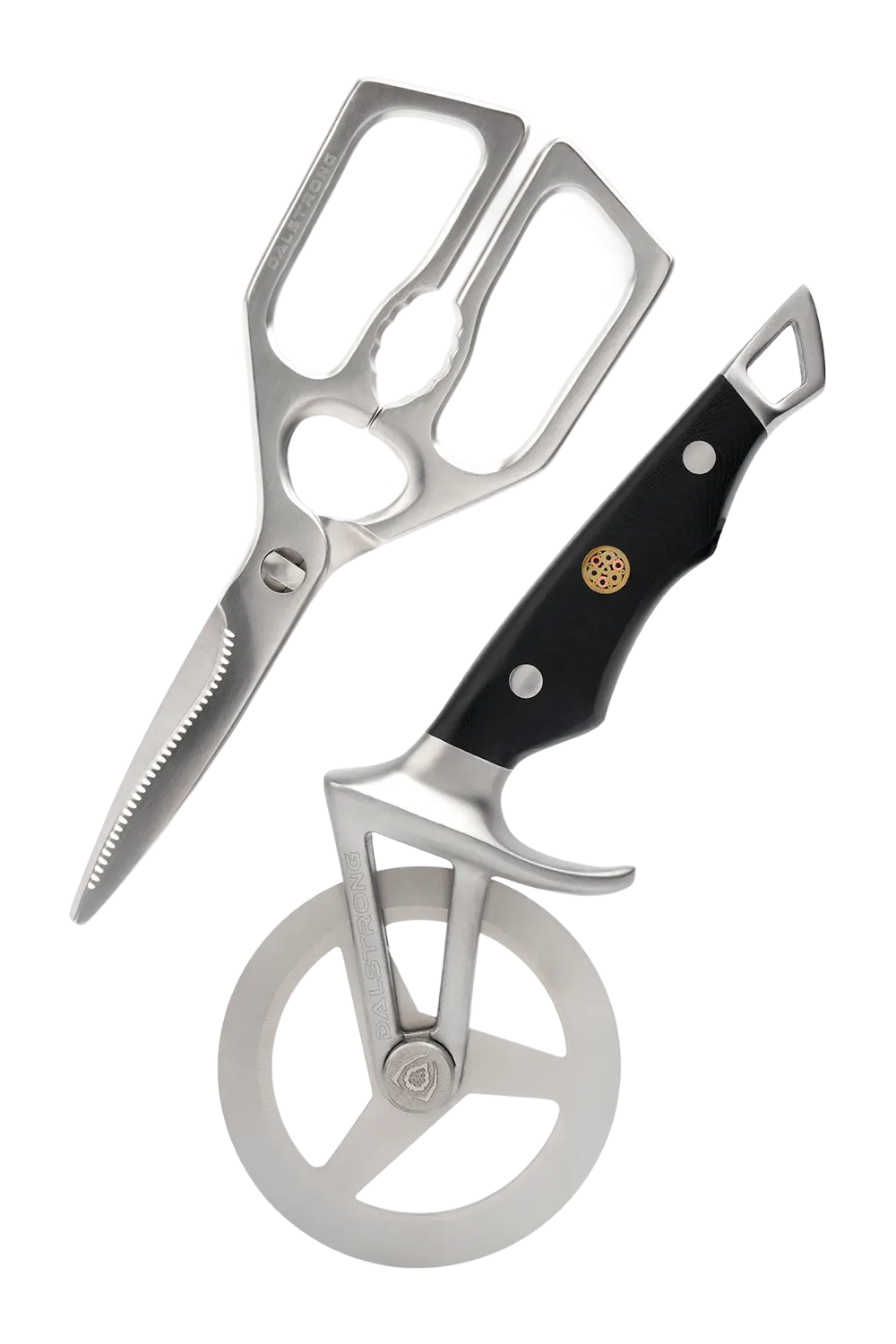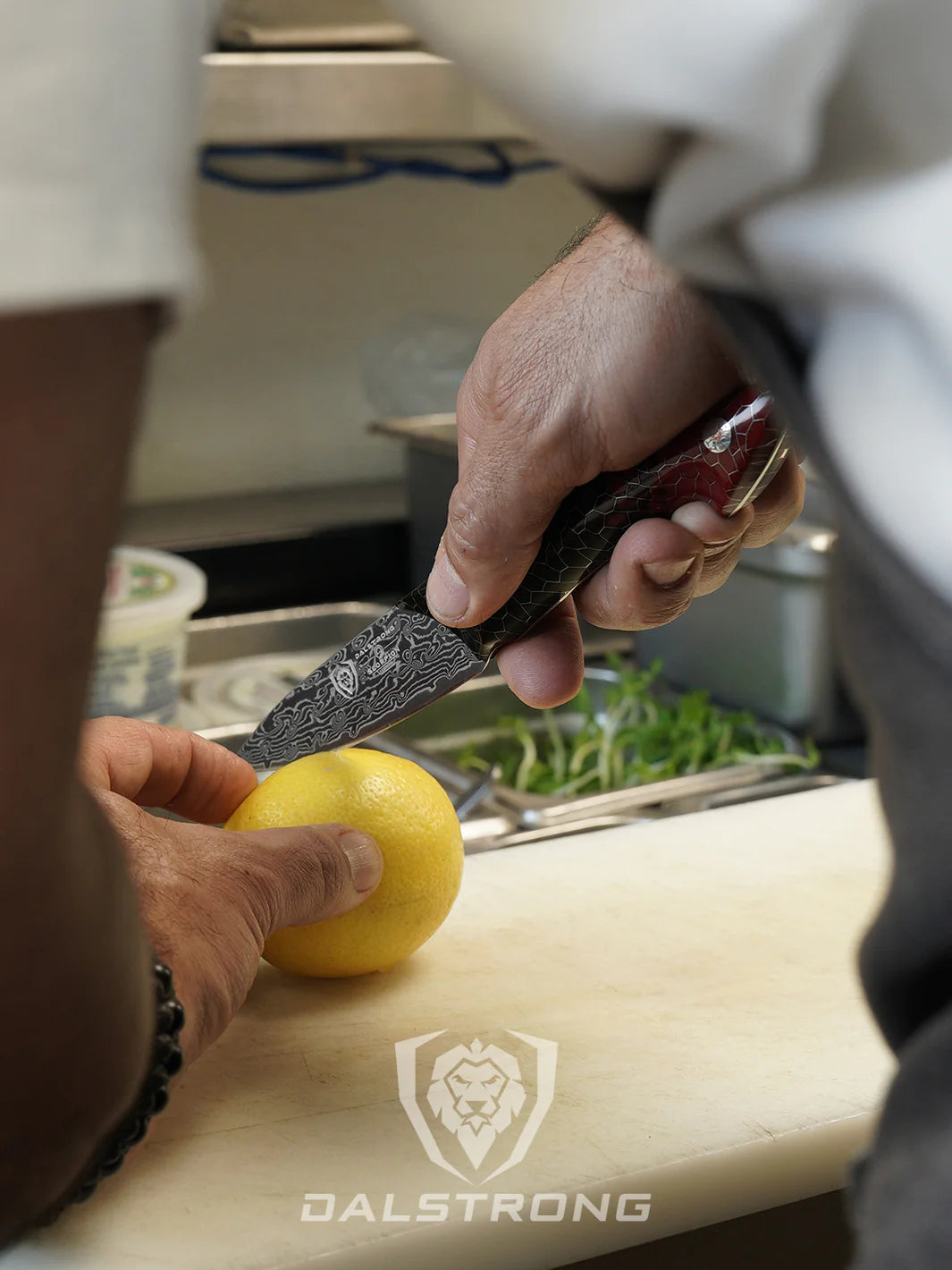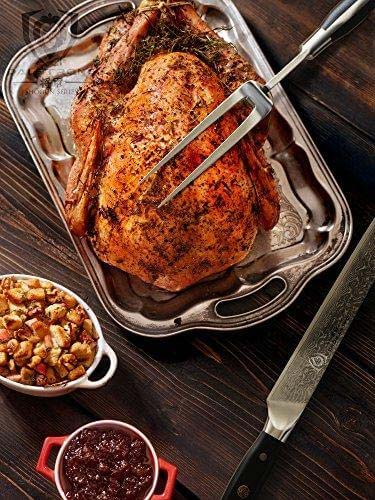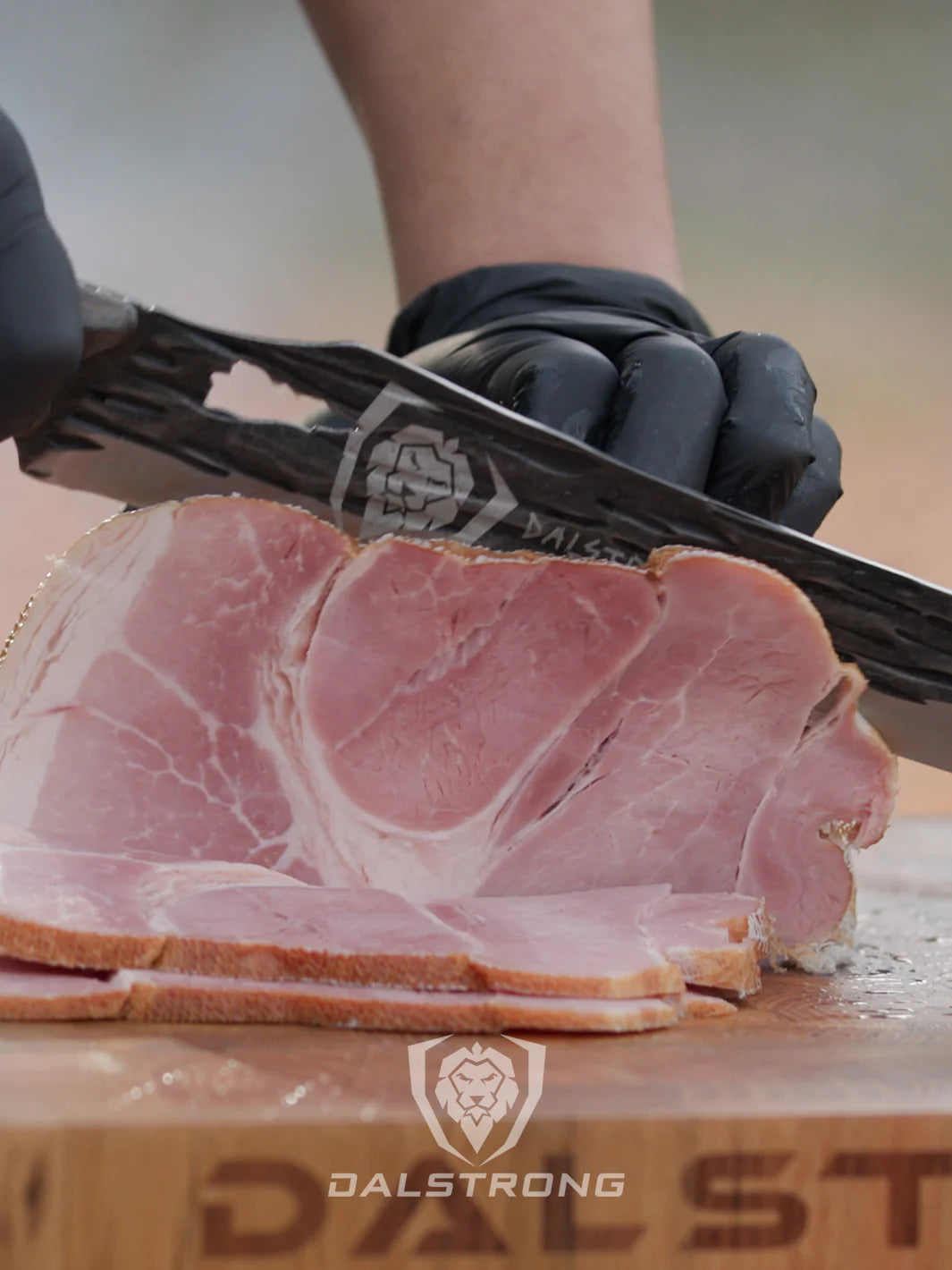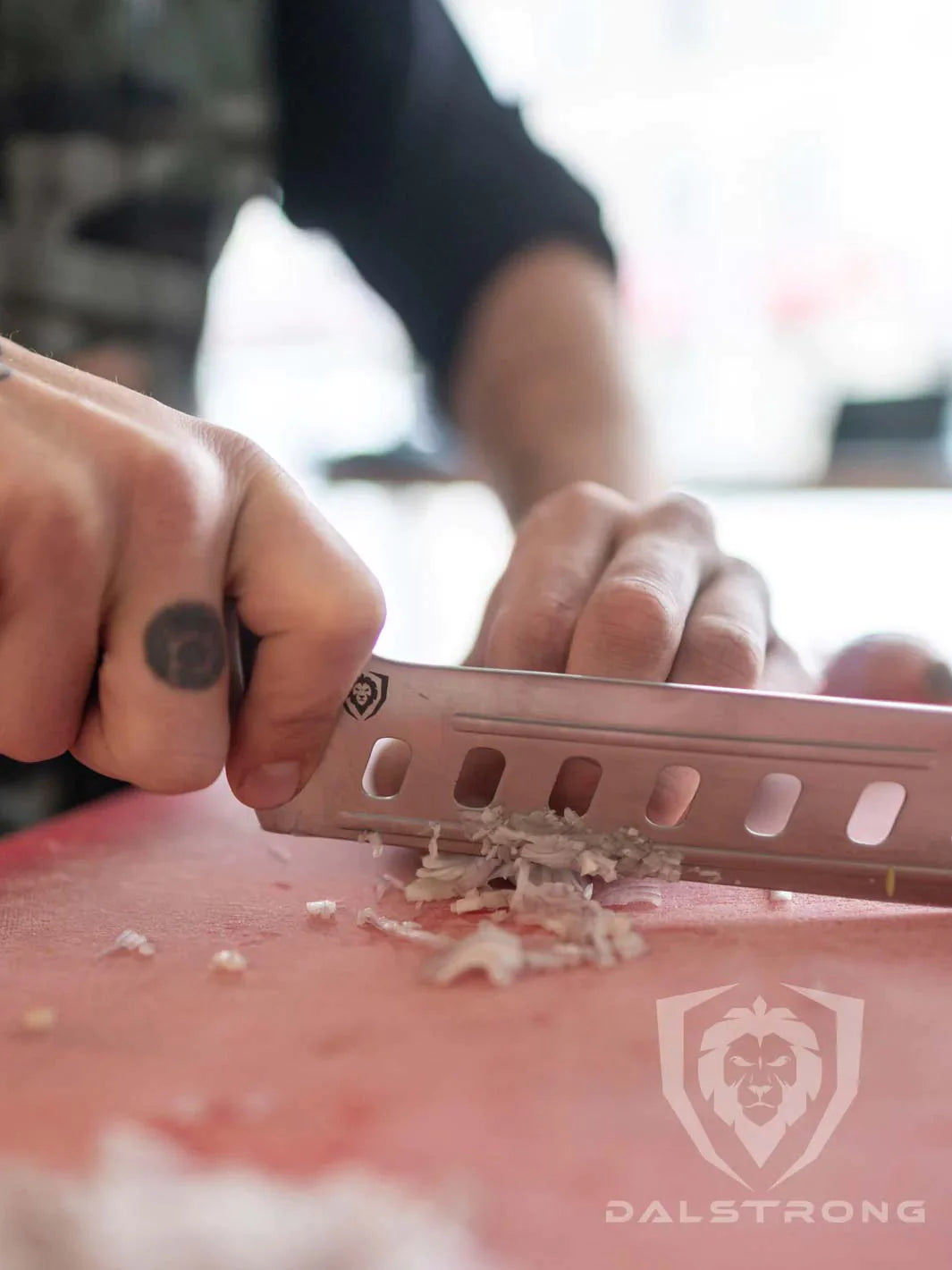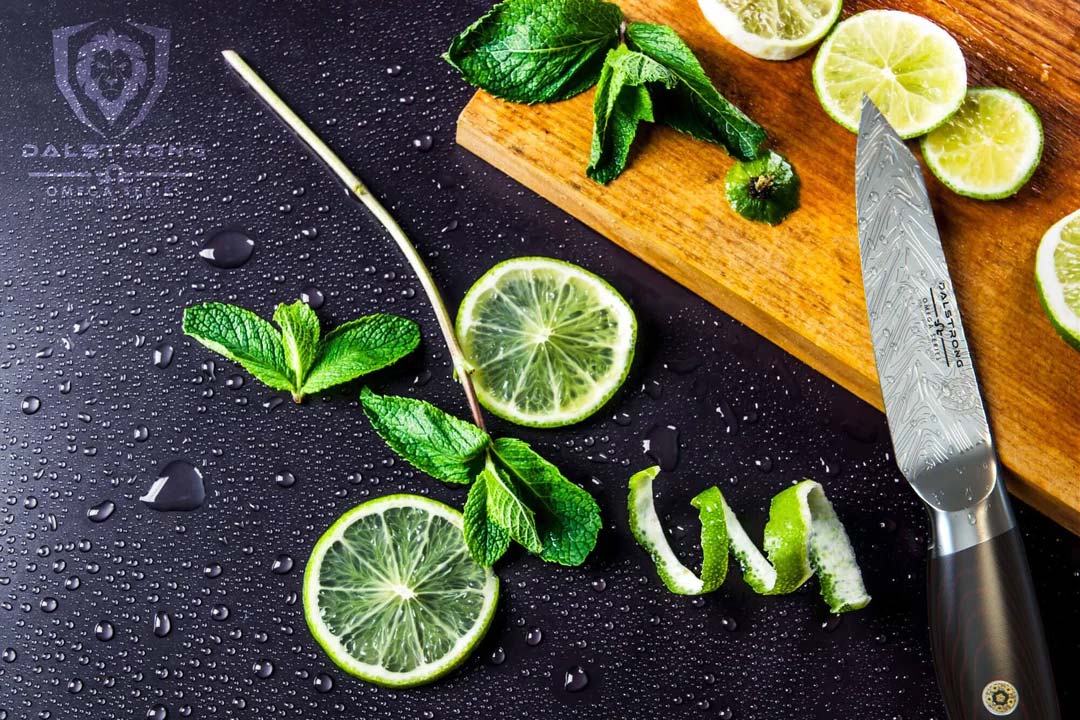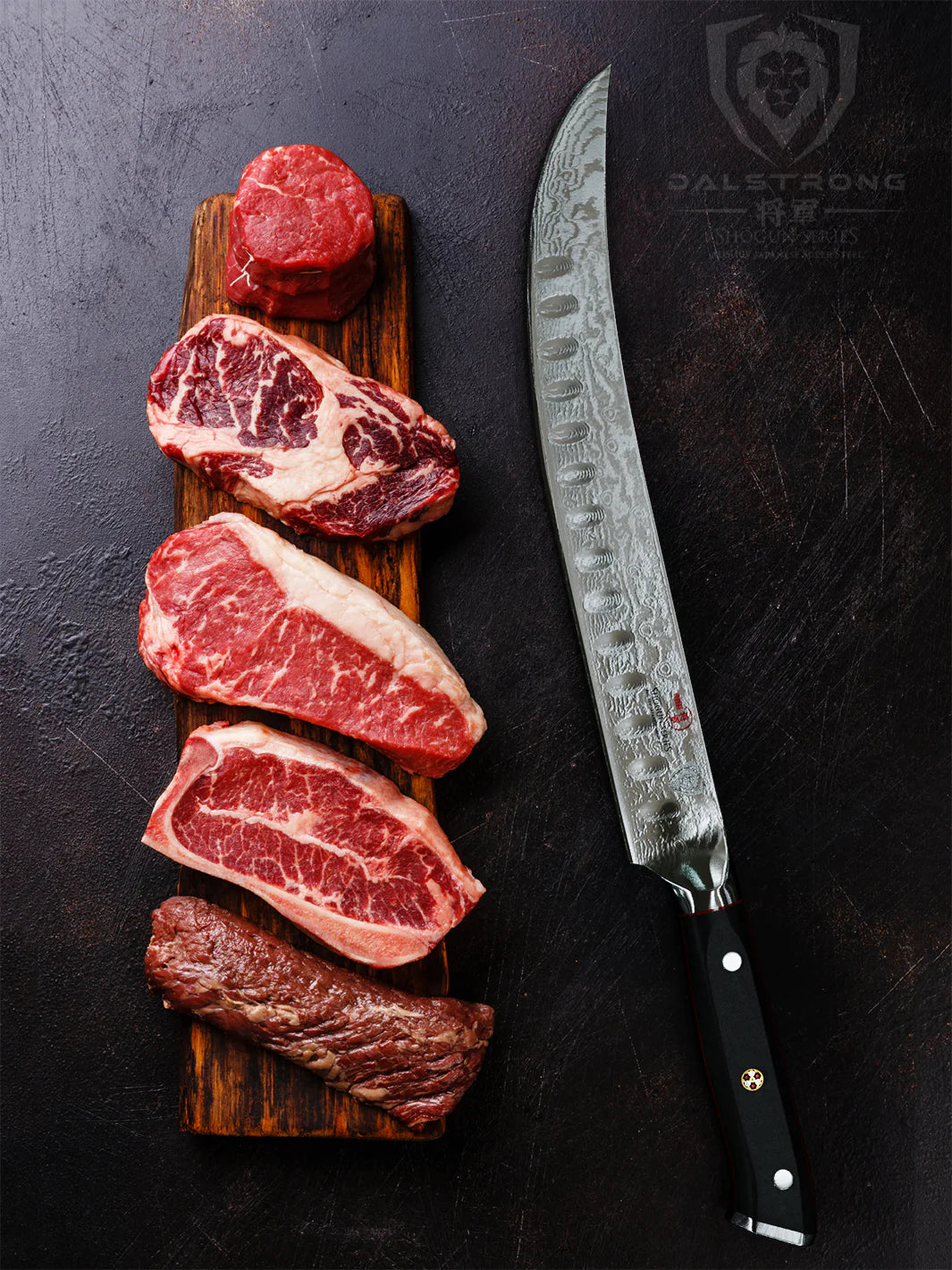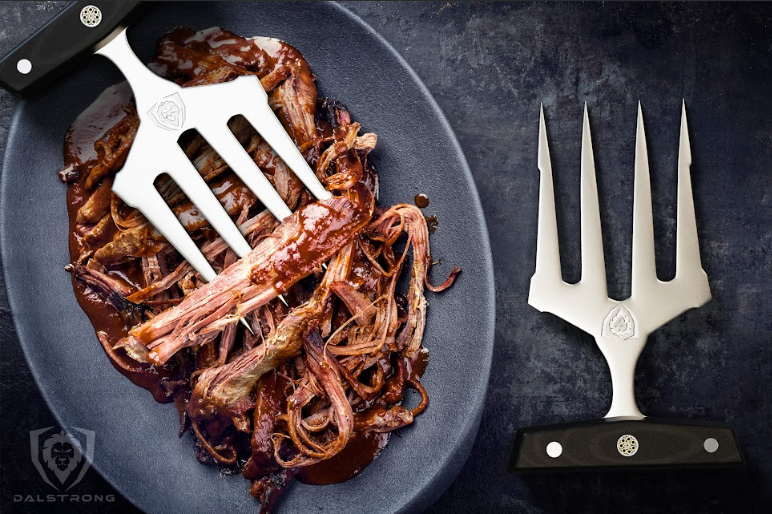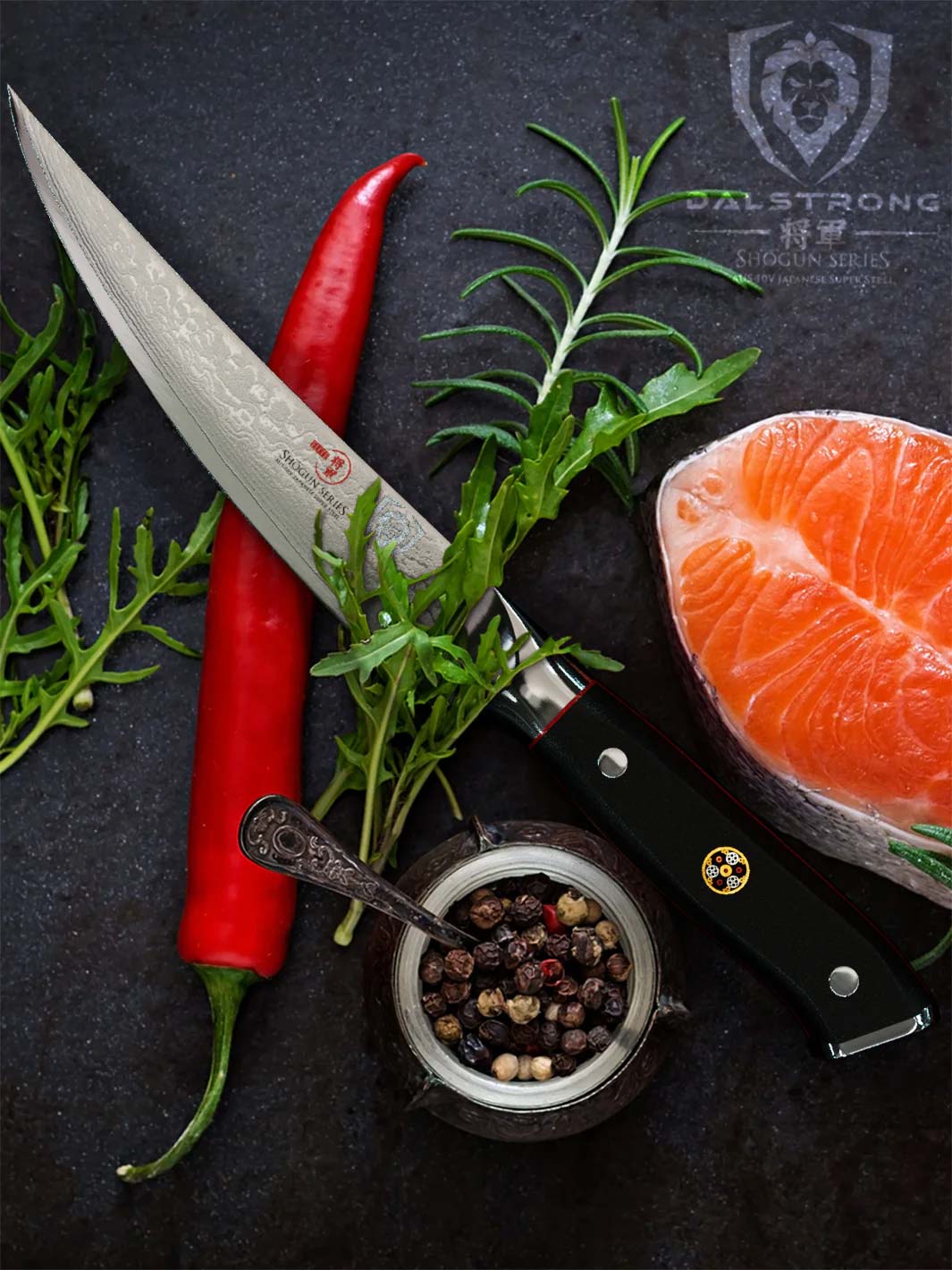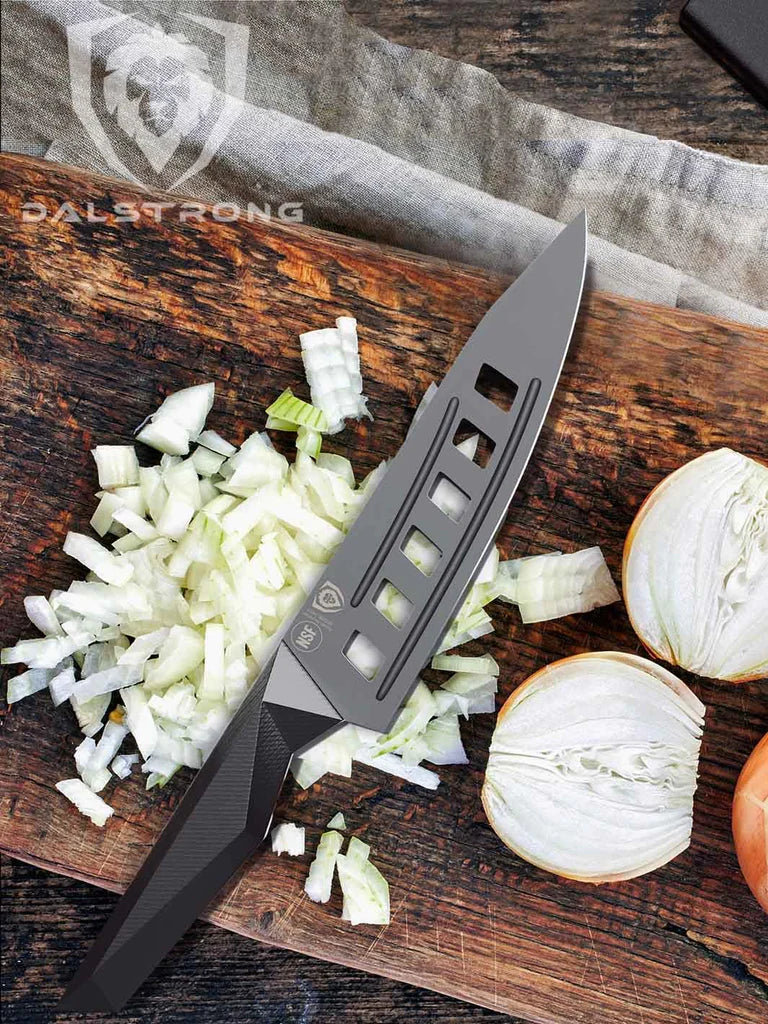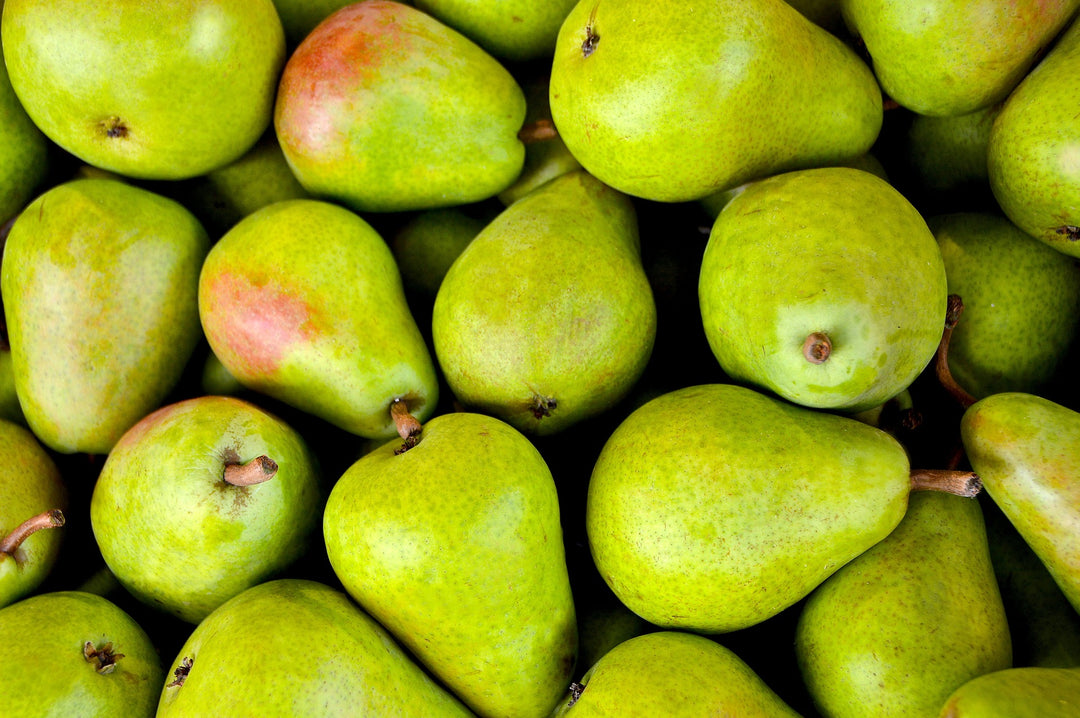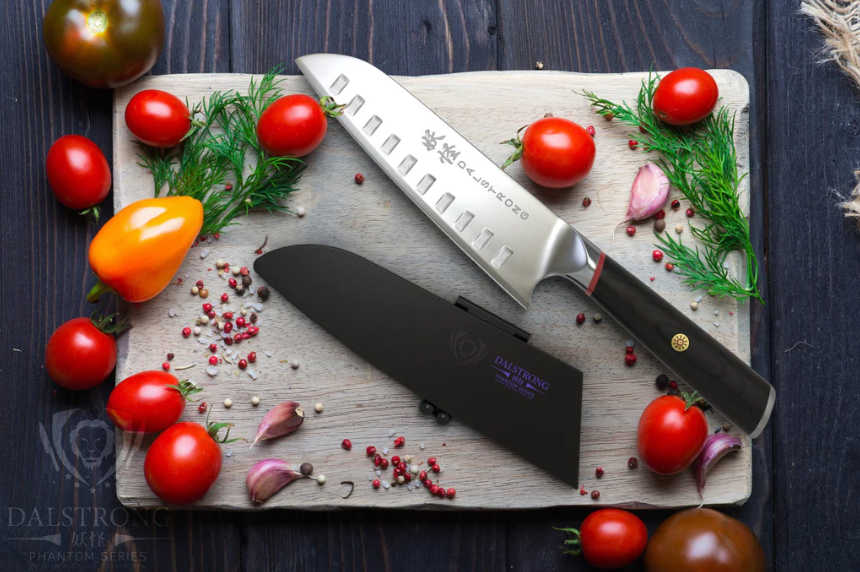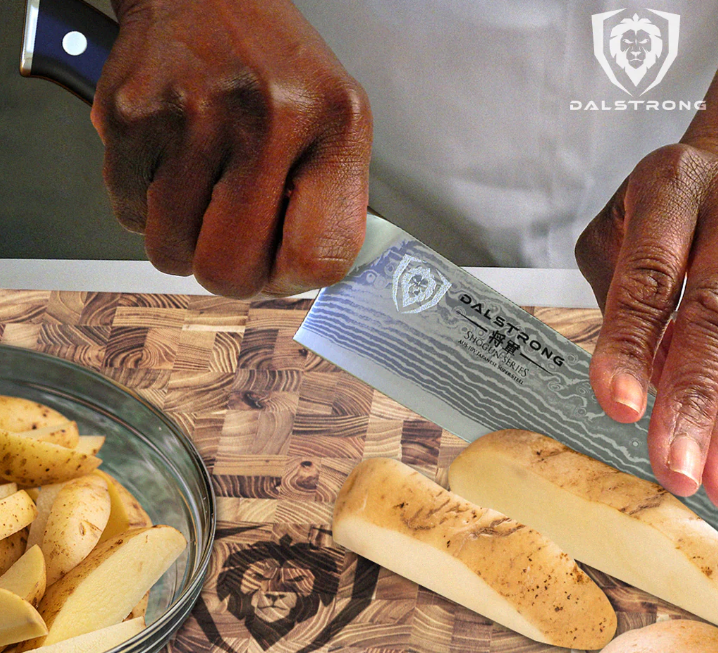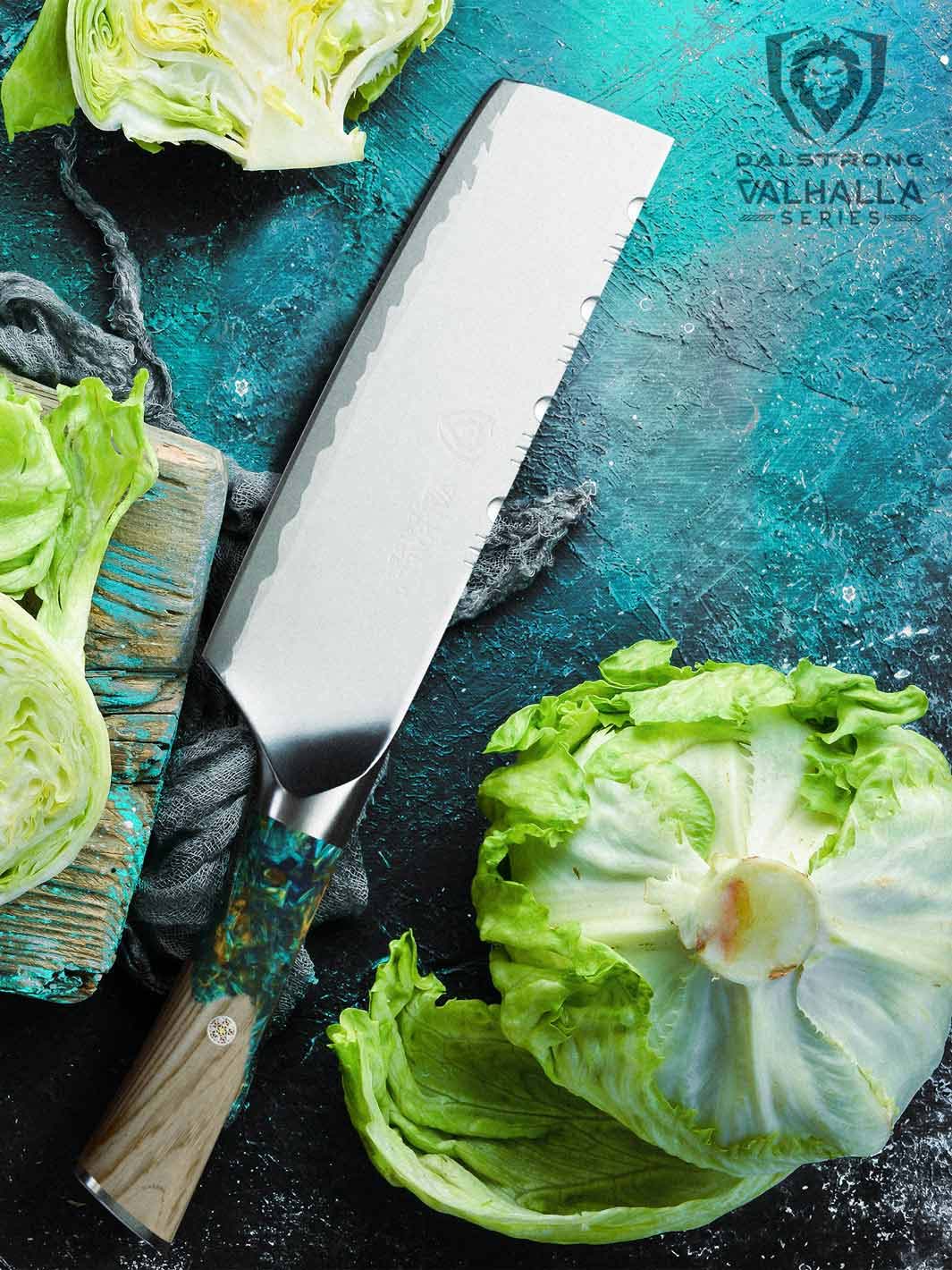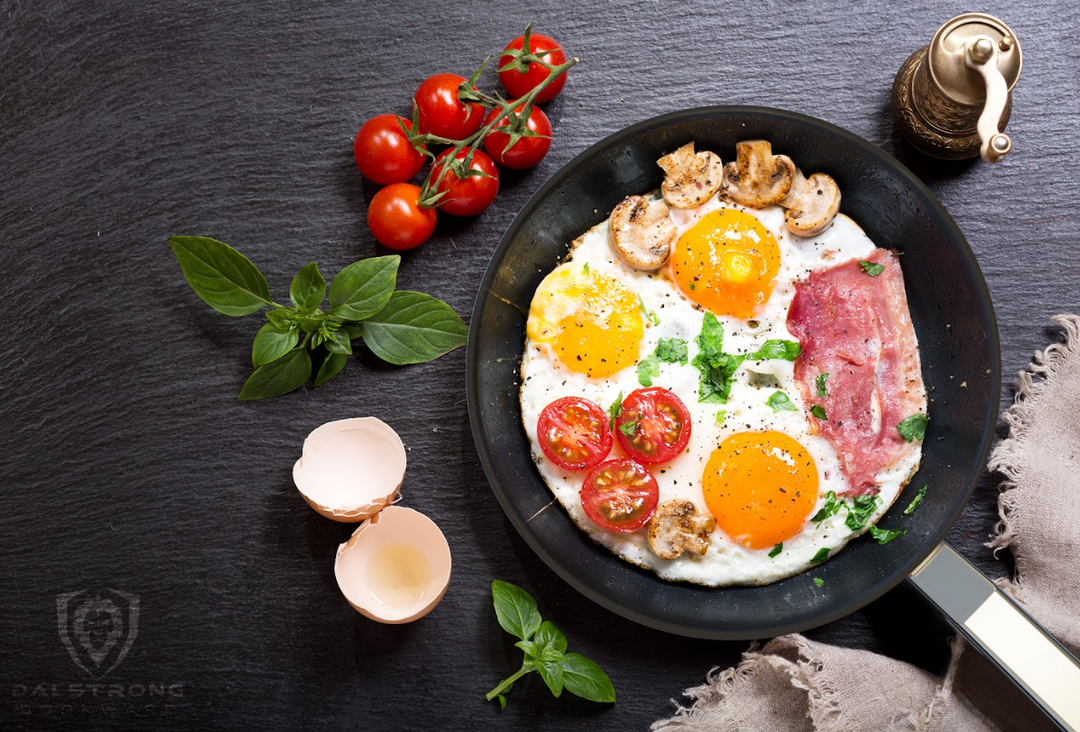How to Cut a Papaya
How to Cut a Papaya
Overview: Steps to cut a Papaya
- Choose a ripe Papaya
- Rinse the Papaya
- Lay the Papaya on a flat surface
- Slice Papaya in half
- Remove Papaya seeds with a spoon
- Peel the Papaya
- Cut the Papaya into cubes or slices
Pawpaw, papaw or most commonly known as Papaya is a tropical fruit with sweet, deep-orange flesh that is similar to a mango. They are considered to be a large berry that grows on trees and make an ideal quick snack. Papaya trees sure do have some strong branches to hold the fruit especially since the cylindrical fruit can weigh up to 10 pounds or more.
Adding Papaya to your regular salad or beverage is also a great way to give anything a tropical touch. It is also a very common ingredient in many Asian and Caribbean cuisines and adds a sweet and savory flavor to the dishes. Papaya’s thin, greenish-yellow skin is easy to slice through and the interior flesh has a honeyed flavor with a distinctive ripe and musky aroma, similar to cantaloupe.
In addition to being delicious, Papaya is packed with vitamins and nutrients including vitamin A and C, folate, and fiber. In this blog, I’m going to share some of my simple and trusted methods for peeling and cutting Papaya, so you can enjoy the nutritious fruit throughout the year. Let’s get started with understanding the kinds of Papayas that are available.
1. Types Of Papaya
The peak season for Papayas is early summer and it lingers into fall, however, due to importation and different growing seasons in various regions, now Papaya is another tropical fruit that’s readily available all year round. Areas with warm, tropical climates like Hawaii, California, Florida, Mexico, Puerto Rico, Central, and South America are the largest producers. The most common Papayas are either the Hawaiian or Mexican varieties.
The Hawaiian variety of Papayas includes Kapoho Solo, Rainbow, and Sunrise. They are smaller in size and pear-shaped with bright orange-yellow flesh and can be cut easily with a chef’s knife or a santoku knife.
Mexican variety of Papayas includes Maradol, Tainung, and Royal Star. These, on the other hand, are larger, elongated in shape, and have red-orange flesh. The Papaya requires a longer chef’s knife or serrated knife to cut through the entire length in one slice.
Generally, Papayas range from 7-12 inches in length and 2-7 pounds in weight. You’ll often find small, individual sizes that are around 1 pound. Some Mexican varieties can grow up to 10 pounds. This sweet and juicy fruit is not only rich in taste but is also full of vitamins, fiber, and antioxidants. However, ripe Papayas are easier to cut through than green ones.
You should also keep in mind that while ripe Papayas are ready to eat once cut up, green Papayas are not meant to be eaten raw. They need to be marinated or used as an ingredient in a dish.
2. How To Cut A Papaya
The way you cut Papaya depends on how you’re serving it. I mean, if you want to eat the fruit by itself, plain, all you need to do is simply slice it in half horizontally, scoop out the seeds and use a spoon to dig in, straight out of the skin. Or you can cut it up by following these simple steps:
Step 1: Choose a Ripe Papaya
If your Papaya is around 80% yellow, it means it is ripe enough to be eaten. Hawaiian Papaya ripens to a golden yellow and is more pear-shaped than other varieties.
To determine whether the papaya is ready to eat, make sure that the flesh is nice and tender but not overly squishy. You can also gently push on the skink with your thumb. If it is ripe, the skin should give in with gentle pressure.
On the other hand, if the Papaya is overripe, you may see black spots or brown bruises on the fruit. In some cases, you might also notice a fermented smell coming from it. This means that it’s time you show the Papaya the way to your trashcan.
Be mindful when it comes to green Papaya though. Un-ripened green Papaya should not be eaten raw as it can make you feel sick. However, once the un-ripened Papaya and its leaves are cooked, it is completely safe to consume. The flesh of this kind of Papaya will be similar to squash and the leaves will be very spinach-ish.
Step 2: Rinse the Papaya
I would recommend you follow this step for any fruit you are going to consume, even if you aren’t going to eat the skin. Cleaning the skin will prevent the contaminants on the outside from entering the flesh as you slice it up. Even things like dust, dirt, and contaminated hands carry unwanted germs that can travel to your kitchen from the grocery store.
Before slicing up the fruit, rinse the entire Papaya under clean, running water. Once clean, pat dry with a clean paper towel to avoid slipperiness when peeling and cutting.
Step 3: Lay the Papaya on a Flat Surface
Make sure you use a sturdy cutting board for this process. Papayas are pretty juicy and make get quite messy so you may also want to keep an apron and dishtowel handy.
Step 4: Slice Papaya in Half
The flesh of Papayas is very soft inside, so handle it gently, Use the sharpest knife in your kitchen arsenal to get a clean cut. Start by cutting off the top of the Papaya.
Then slice and cut the Papaya in half, lengthwise, to expose the seeds.
Step 5: Remove Papaya Seeds with a Spoon
Make sure the seep cavity is facing up. You can now use a spoon to scoop out the black seeds, the sticky membrane that coats it and scrapes away excess pulpy bits.
Step 6: Peel the Papaya
There are 2 ways you can peel a Papaya. You can decide which one you are most comfortable with.
-
Peeling with a vegetable peeler: A vegetable peeler works well for this purpose. Simply peel the whole thing like a giant potato. It gets easier to peel with a peeler when you place the Papaya on a cutting board. If it starts to get too slippery and out of control, use a fork to hold it in place with one hand and peel with the other.
- Paring knife: A blunt kitchen knife could damage the tender flesh of the fruit, which is why I recommend you use a paring knife. It provides more control. Start by removing the tapered end of the Papaya, just enough so that the seeds are showing. Then take off a slice from the bottom to create a stable, flat surface that stood up vertically on your cutting board.
Step 7: Cut the Papaya into Cubes or Slices
Now your Papaya is ready to be sliced up. You can slice it up lengthwise, or width-wise into crescent shapes. Cut for bite-sized cubes or leave them and chunks.
Once done, dispose of the peel. However, if you have a compost bin at home, you can add the Papaya peel to that.
3. How To Cut A Green Papaya For Salads
If you’re in the mood to experiment with the fruit and try it in a more savory setting, a refreshing green papaya salad is one of the most delicious ways to do so.
Unlike ripe papayas which are sliced first, then peeled, green Papayas are typically peeled first. Their flesh is much firmer and crunchier, making them easier to manage with the skin removed.
Start by washing the Papaya under clean, running water and pat off any drops before placing in onto a cutting board. Use a vegetable peeler or a chef’s knife to carefully peel the skin from the entire Papaya. Once the skin is removed, slice the Papaya in half, lengthwise and scoop out the sides from both sides.
The flesh of green Papaya is a pale, almost translucent, shade of yellow-green.
Now, you shred the Papaya using a julienne peeler or grater. You can also use a knife to create several long cuts in the flesh and then slice off the tiny shreds crosswise.
Once all the Papaya is shredded, you can mix all the ingredients (i.e. tomatoes, cilantro, peanuts, and lime juice) and chill the Papaya salad before serving.
4. Ways To Use Papaya In Cooking
While ripe Papaya is best enjoyed raw, green Papaya can be cooked to give your dish a uniquely different taste. You might not believe it until you try it but the fruit pairs well with potatoes, eggplant, cheeses, and meat. Here are some ways you can incorporate it into your daily cooking:
- Roast or Baked Papaya: Roasting Papaya boosts its flavor profile. A simple baked Papaya can make for a delicious dessert.
- Marinade: The natural compounds in Papaya help tenderize meat, making it a fantastic addition to your marinade, giving it a citrusy tang.
- Salads and Stews: You can use green Papaya as a vegetable. Just add chunks of it to stews or stir-fries, or use it to replace squash in your favorite recipes. Papaya is also great in fruit salads.
To be honest, whenever you decide to prepare Papaya, keep things simple. The fresh, sweet flavor of Papaya should stand out like a star.
5. Ways To Serve Raw Papaya
Here are some simple yet scrumptious ways to serve raw Papaya at home:
- Papaya Sorbet: Quick, easy, yummy. All you’ve got to do is blend Papaya this water, sugar, and lemon juice before freezing for a few hours. It’s the perfect treat for a hot day.
- Papaya Salsa: If you want a refreshing and simple snack, this is it! Mix your green Papaya with red onion, peppers, and a splash of lime. Enjoy it with some tasty corn chips.
- Papaya Salad: Papaya goes surprisingly well with cheese. Mix up a delicious salad with greens, tomatoes, almonds, some fest cheese, and a chili-lime dressing. Throw in a few Papaya seeds on the top for a crunchy texture.
- Papaya Smoothie: Papaya is delicious when blended with milk. Chop one ripe Papaya into chunks, add ½ cup of milk, squeeze some lime juice and add a few drops of vanilla extract. Adding crushed ice or banana will add to the texture of the smoothie.
6. Health Benefits Of Papaya
The papaya is an incredibly healthy tropical fruit. Here are some of its health benefits:
Papaya contains an enzyme called papain, which can break down the tough protein chains found in muscle meat. Because of this, papaya has also been used to tenderize meat for thousands of years.
It is also rich in fiber, protein, and folate. Trace amounts of calcium, magnesium, and vitamins B1, B3, B5, E, and K are also found in this fruit.
Papaya contains healthy antioxidants knowns as carotenoids- particularly one type called lycopene. Your body absorbs these beneficial antioxidants better from Papayas than other fruits and vegetables.
In addition to keeping your body healthy, Papaya can also help your skin look more toned and youthful. The vitamin C and lycopene in papaya protect your skin and may help reduce these signs of aging.
Studies show that fruits high in lycopene and vitamin C may help prevent heart disease. The antioxidants in papaya may protect your heart and enhance the protective effects of “good” cholesterol.7. Best Knives To Cut Papaya
1. Chef's Knife 6" Shadow Black Series | Dalstrong
Unforgettable styling, sophistication, and functionality, are what make this knife the star of the kitchen. Designed to be sleek, aggressive, and muscular-looking, these knives are highly effective when performing any kind of kitchen task.
The Titanium Nitride coating on the blade improves the knife’s robustness, corrosion resistance and enhances its non-stick properties, making it work well for big fruits like Papayas.
Pros:
- The sharp and sleek blade of this knife is perfect for slicing fruits with tender flesh as it glides through with ease.
- The anti-corrosion properties of the knife protect it from moisture, keeping the blade sharp for longer.
Cons:
- If your Papaya is too big, a 6” Chef’s knife might not be enough and you might want to opt for a knife with a longer blade.
- The style of this knife might be too bold for some. In that case, you can opt for one of our other, simpler but equally effective chef’s knives.
2. Chef's Knife 8” | Shogun Series X | Dalstrong
This knife comes with a 55mm wide blade that is precision forged from a single piece of 66-layered Damascus high-carbon stainless steel cladding with an ultra-premium Japanese AUS-10V steel cutting core.
This knife is not only a beautiful statement in craftsmanship but also serves the purpose of reducing drag and minimizing stuck-on food. This makes this knife perfect for slicing up a tender and juicy Papaya.
Pros:
- The blade ensures reduced food drag which protects fruits like Papaya from getting damaged while getting sliced.
- The 8” long and 55mm wide blade makes it the perfect tool for slicing up big fruits.
Cons:
- The knife comes with a slightly higher price tag which might not be the preferred option for some.
- If you’re an amateur chef, an 8” blade can get slightly intimidating. In this case, you would want to go for a 6” chef’s knife or a paring knife.
3. Paring Knife 3.5" | Gladiator Series | Dalstrong
Dalstrong’s Gladiator Series paring knife is a master of precision. It comes with a small, narrow blade that tapers to a point, and it is an essential addition to any professional or home cook’s knife arsenal.
The paring knife is great for slicing and peeling fruits and vegetables. For more detailed, controlled cutting, such as cutting shapes and patterns on food surfaces, this knife is a great tool.
Pros:
- The knife is designed for maximum comfort and maneuverability, making it easy to cut through big fruits like Papaya.
- The materials used to make this knife are impervious to moisture, ensuring life-long durability, making this a valuable investment.
Cons:
- While peeling with this knife is easy, the length of this blade might not be enough to make long slices.
- If you want something that will also work on tougher meats, you might want to opt for another knife.
4. Paring Knife 4" | Quantum 1 Series | Dalstrong
Here’s a meticulous knife that is crafted for exceptional performance by expert bladesmiths. The Nove Prime blade is crafted to reduce drag and increase efficiency while providing you with total control.
Pros:
- The comfortable grip of the knife makes tasks like peeling and slicing incredibly simple.
- The knife has excellent edge retention that gives it a very long life.
Cons:
- The price of this knife might be too steep for some, especially if they are new in the kitchen.
- Those new to the kitchen need to be extra careful when it comes to working with these knives as they come with scalpel-like sharpness.
5. Serrated Paring Knife 3.75" | Gladiator Series | Dalstrong
This serrated knife with saw-tooth precision comes with a narrow blade that tapers to a point. This highly versatile blade is ideal for tough-skinned fruits and vegetables with soft interiors like Papayas. The knife is designed to give the users maximum comfort while using it.
Pros:
- The blade of this knife is water and stain-resistant making it durable and lasting for a lifetime.
- Peeling tough-skinned fruits like Papaya becomes a very simple and quick task.
Cons:
- You might need a knife with a longer blade if the fruit or vegetable you’re cutting through is large.
- If not used carefully, the serrated blade of the knife can cause damage to the tender flesh of the Papaya.
8. Frequently Asked Questions
How do you know when a papaya is ripe?
As it ripens, the skin turns from green to yellow. There will be dimples and rough spots, which is a good thing. When the skin becomes more yellow than green and it is slightly soft to touch, the Papaya is ripe and ready to cut. Ripe Papayas bruise easily so expect some marks and indentations on the surface.
Be aware of the signs of over-ripeness and rotting. If the skin begins to turn from dark brown to black in spots and there are deep, wide pockets where the skin sinks in, this could be an indication that the fruit is beginning to go bad.
Why does papaya taste like vomit?
Some people say that Papaya tastes like vomit. That’s because of the enzyme it produces called papain. This enzyme is more abundant with the fruits s under-ripe or overripe. A ripe Papaya tastes sweet, so it can only taste like vomit when it’s not perfectly ripe.
What is papaya supposed to taste like?
The inside of a ripe Papaya ranges from deep peach to bright orange and contains round, black seeds which need to be scooped out and discarded before eating.
The flesh is tender with a smooth, almost creamy texture, similar to Champagne mango but firm enough to be cut into bite-sized cubes.
Can you eat papaya peel?
Papaya skin is not toxic, but I don’t recommend you consume it. The Papaya plant can produce latex which may be absorbed into the skin of the fruit. Consuming this can you give you an upset stomach. Additionally, it doesn’t even taste good, so you’d rather stick to the delicious flesh of the fruit.
How do you cut a papaya nicely?
Wash the papaya and cut both ends. Stand the papaya upright and carefully slice it in half lengthwise. Scoop out the seeds with a spoon. Use a knife to peel the skin from each half. Cut the papaya into slices, cubes, or desired shapes. Now it's ready to enjoy or add to dishes.
How do you store and cut papaya?
Store ripe papayas in the fridge for up to a week. To cut, wash and dry the fruit, then slice off both ends. Stand upright and halve lengthwise. Scoop out seeds. Gently peel skin or use a knife. Cut into desired shapes. Store leftover papaya in an airtight container in the fridge for a day or two.
How do you cut and seed papaya?
Wash and dry the papaya. Cut off both ends and discard. Stand upright and halve lengthwise. Use a spoon to scoop out the seeds. Peel the skin with a knife or a peeler. Cut the flesh into slices, cubes, or chunks. Enjoy the sweet and nutritious papaya as a snack or in various dishes.
What is the best way to cut a papaya?
Wash the papaya and pat it dry. Cut off the top and bottom ends. Stand it upright and use a knife to carefully peel the skin. Cut the papaya in half lengthwise. Scoop out the seeds with a spoon. Slice or cube the flesh as desired.
How do you keep cut papaya fresh?
Store in an Airtight Container: Place the cut papaya in an airtight container to prevent exposure to air. Refrigerate: Store the container in the refrigerator to slow down spoilage. Use Within a Few Days: Cut papaya should be consumed within a few days for the best flavor and quality. Consider Citrus: Adding a bit of citrus juice can help preserve freshness.
How do you cut and seed papaya?
Wash and dry the papaya. Cut off the top and bottom. Stand it upright and carefully peel the skin. Cut the papaya in half lengthwise. Scoop out the seeds with a spoon. Slice or cube the flesh as desired.
How do you properly cut a papaya?
To cut a papaya properly, start by choosing the perfect, ripe papaya. Cut the papaya in half lengthwise, scoop out the seeds, and remove the skin with a knife or peeler. Slice the larger papaya into thin slices for serving, or dice it for recipes. This technique ensures you can enjoy the sweet, tropical fruit while removing the skin and seeds for the best taste and texture in your recipe ideas.
Is it OK to eat cut papaya?
Yes, it's perfectly safe to eat cut papaya. In fact, cutting papaya is a common way to enjoy this tropical fruit. When you slice the papaya, you remove the skin and scoop out the black seeds, which can be bitter. Papaya contains an enzyme called papain, which may aid digestion and is often used in marinades or meat tenderizers. It's delicious in fruit salad, papaya smoothie, or simply eaten fresh.
How do you store and cut papaya?
To store papaya, keep it at room temperature until it ripens. Once ripe, refrigerate it in a plastic bag for a few days to extend freshness. To cut papaya, start by choosing a ripe one. Cut it in half lengthwise, scoop out the seeds, and remove the skin. Slice it into thin wedges or chunks for immediate consumption, or store cut papaya in an airtight container in the fridge for a short time.
When should I cut my papaya?
Cut papaya when it's ripe. You'll know it's ready when the skin has turned a vibrant orange color and yields slightly to gentle pressure. Avoid cutting it when it's still green or overly firm, as it won't be as sweet and flavorful. When ripe, the papaya is at its peak for cutting and enjoying in salads, smoothies, or as a fresh, juicy snack.
Check out Dalstrong Knives Today
Written by Himani Vaid
Toronto-based food nerd turned food storyteller, Himani is a connoisseur of all things delish. Currently, busy thinking about what to eat next.






















































































































